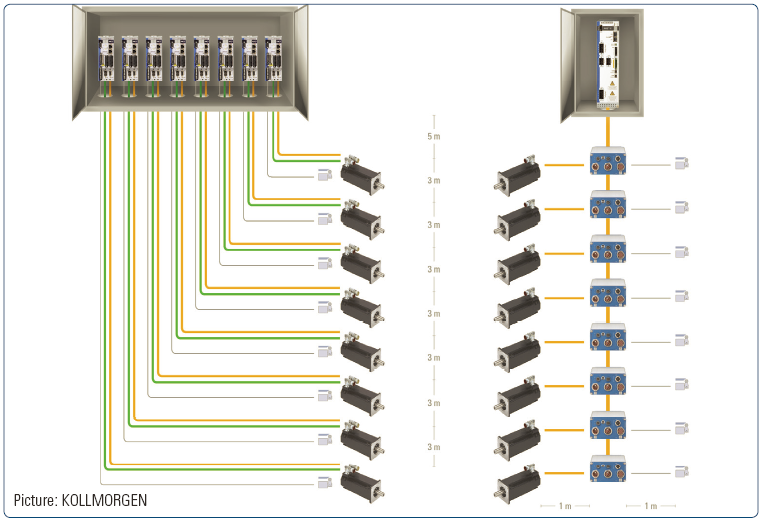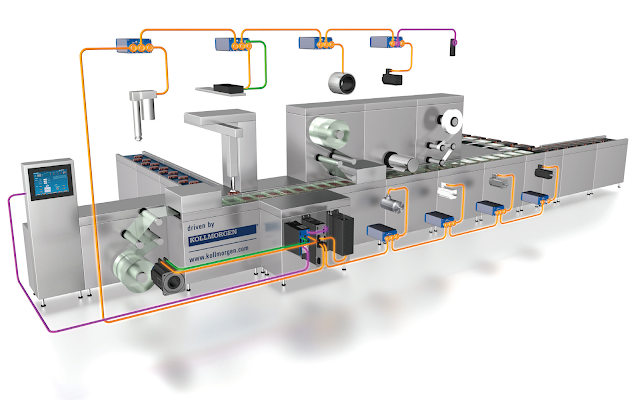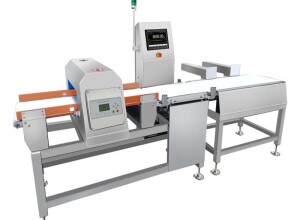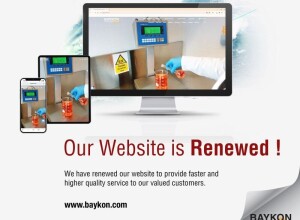Less Cabling, Smaller Cabinet, Less Heat... More Flexibility. Less Cabling, Smaller controls cabinet, Less heat... wow, that’s all great stuff. I can achieve this all with a decentralized solution? Absolutely – and even more.
Decentralized Control Architecture means shifting the motion control drives from the crowded cabinets, and moving them near to the motors – out on the machine where the action is. Immediately you can see that this can reduce the size of the controls cabinet, moving all of those drives out onto the machine – but how do I see these other advantages?

It’s not JUST about moving the drives out onto the machine, near or integrated with the motors, but also how you design your entire control system. Think about a conventional Centralized Control Architecture – all of your drives, power supplies and other I/O are jammed into a large cabinet and cables are run to each motor – and since we are talking conventional, this likely means multiple cables (power and feedback for each motor). So in a decentralized solution, the motor, feedback and fieldbus communication needs to be run through a single cable, and the control architecture allows communications to function over the fieldbus loop.
So thinking about it that way, with an 8 axis machine – Control cabinet 5 meters from the initial motor, and subsequent axes 3 meters apart – this adds up quickly to almost 250 meters of cabling (Power and Feedback) using a centralized approach.

Imagine now – A decentralized solution, drives located within a meter of the motor they are driving – you cut cabling down to a mere 35 meters! Do the math – an 86% reduction! Throw in extended I/O and your savings jumps to almost 90% SO – Point 1 – Substantially reduced cables cost – not just from the mere reduction in cable length, but in reduced costs associated form cable management trays and even the labor to run the cables.
But there’s more (or do I mean less). Smaller cabinet, less electronics, means less heat to dissipate – electronics usually don’t like the heat, so they tend to get some cool air, provided by some nice air conditioning system. Less heat, less need for an expensive air conditioning unit, AND less energy consumption.
One other element not so readily apparent with a good decentralized design – flexibility! Designing with a decentralized drive architecture in mind from the start opens up new possibilities. This allows more flexibility in modularization. We'll cover this modularization concept in a follow on blog topic next time...
All of these advantages help the OEM build a more efficient machine, with less components, reduction in assembly time, and more flexibility in design – improving the marketability of the machine. End users enjoy the lower cost of ownership and increase reliability – and potentially space savings on their factory floor.





























Interested? Submit your enquiry using the form below:
Only available for registered users. Sign In to your account or register here.